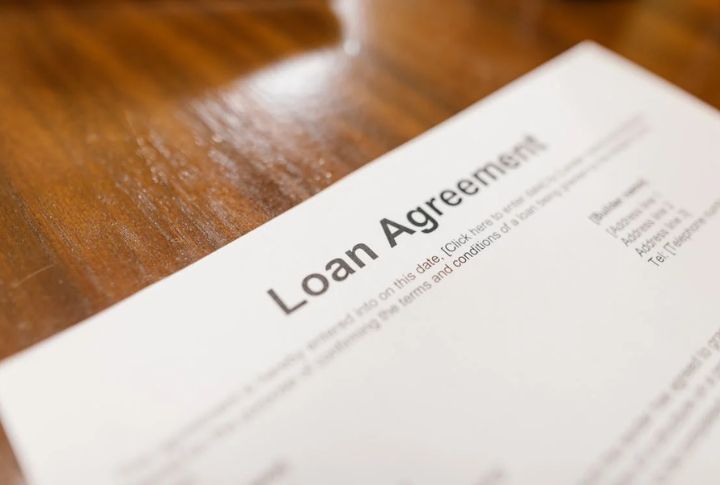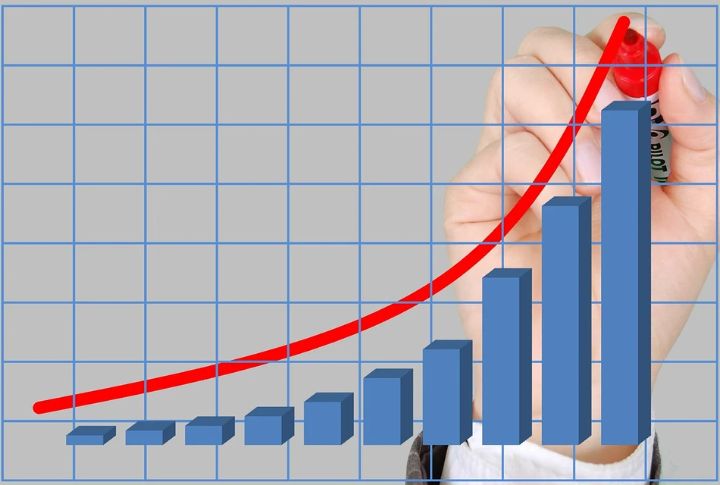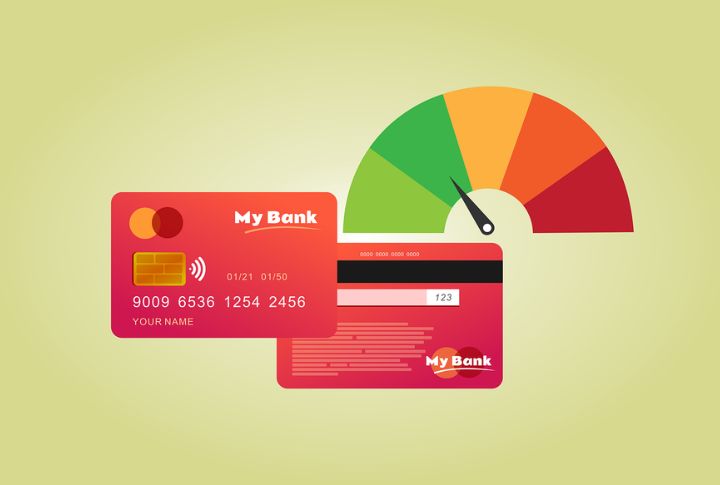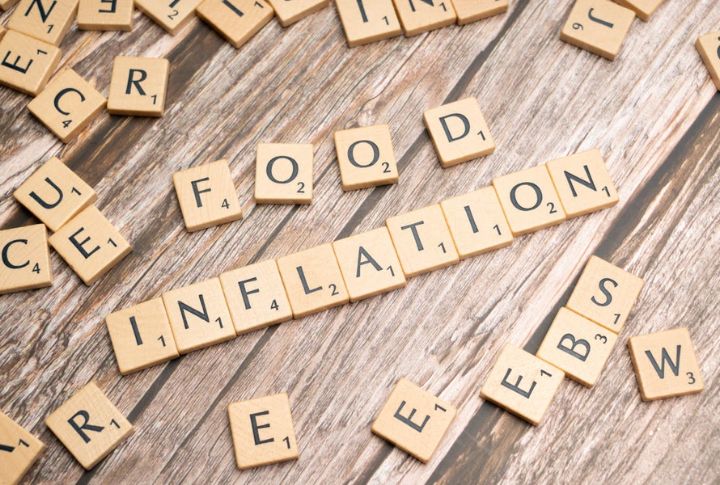
Refinancing your student loan sounds like a smart way to grab lower rates and some financial breathing room. With U.S. student debt reaching $1.745 trillion as of June 2024, it’s no surprise more borrowers are considering it. But refinancing isn’t just about chasing better interest rates. Small details can make a big impact on your finances, so before you jump in, here’s what you need to know to make the right call.
Loan Types (Federal And Private) Work Differently

Refinancing might seem like a shortcut, but tread carefully because this is where the road splits. Federal loans come with perks like forgiveness and flexible plans, which vanish once you switch to private. Understanding that difference protects you from swapping long-term safety for short-term savings.
Lender Options Differ

Not all refinance lenders play by the same rules. In 2025, Education Data analyzed over 35 lenders and found big differences in interest rates and approval requirements. A CNN-backed review ranked SoFi highest overall for its competitive rates, but only if you have excellent credit.
Rates Shift With The Market

Interest rates are like the weather; they are constantly shifting. If the Fed cuts rates, your variable private loan could get cheaper. Locking in a fixed rate now might shield you from a future storm, especially since federal loans are locked in annually: 6.39% for undergrads, 7.94% for grads, and 8.94% for PLUS.
Refinance Windows Are Brief

The right moment to refinance depends on leverage. If your credit score recently climbed or your income stabilized, that’s your opening. Bonus tip: You’ve got three days after approval to change your mind, thanks to the Truth in Lending Act. Use it wisely.
Savings Depend On Timing

Done right, refinancing could leave more money in your pocket each month. It’s not a one-shot deal, either, since if rates drop again, you can refinance a second time. Some borrowers even shave off years by shortening the term once their income gets a boost.
Credit Can Take A Hit

One downside of refinancing is the credit hit. Hard inquiries can shave a few points off your score. But the bigger risk lies in missed payments after refinancing, especially on cosigned loans. A single slip-up could drop your score by over 100 points. Stay alert to protect your credit.
Cosigners Share The Risk

Cosigners don’t just vouch—they stick. Parent PLUS borrowers owe over $104 billion, and if you’re not careful, your cosigner could end up in hot water. Consolidating into income-contingent repayment or refinancing solo can protect them, but only if one qualifies independently.
Prepayment Penalties Can Surprise You

It’s easy to focus on interest rates and miss the fine print. Some private lenders include prepayment penalties, late fees, or even origination charges that can quietly eat into your savings. Before signing, scan the disclosure forms for hidden costs. A low rate means less if fees add friction down the line.
Inflation Changes The Math

When inflation rises, interest rates often follow. That means waiting too long to refinance could lock you into higher rates later. If you’re holding a variable-rate loan, refinancing into a fixed rate during early inflation spikes can protect you.
Other Options Still Exist

Feel like refinancing isn’t quite right? You’re not out of options. Federal income-driven plans adjust to your earnings and can lead to forgiveness after 20–25 years. You can also consolidate your loans without losing protections, which is a better way of keeping things simpler and safer.
